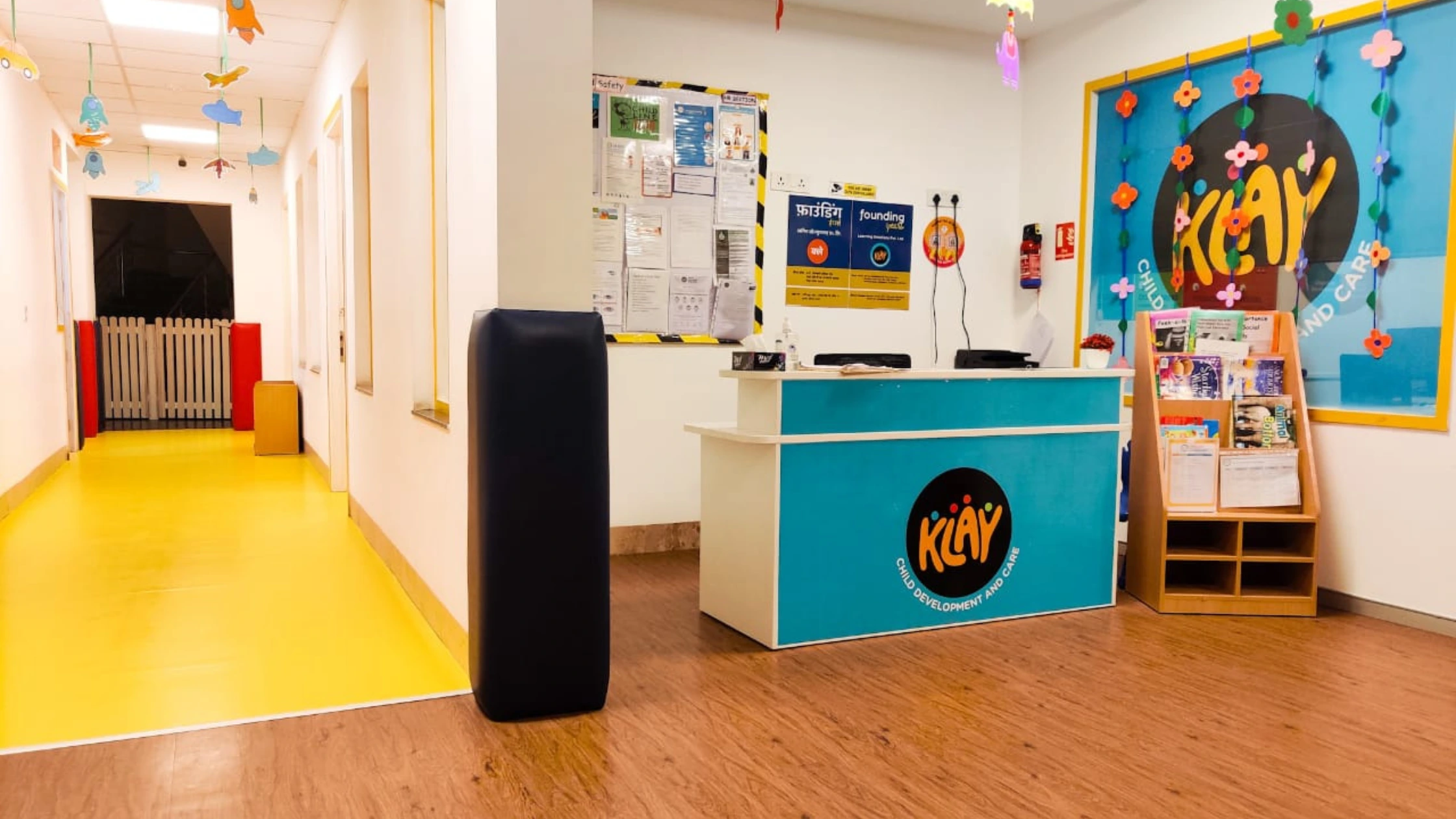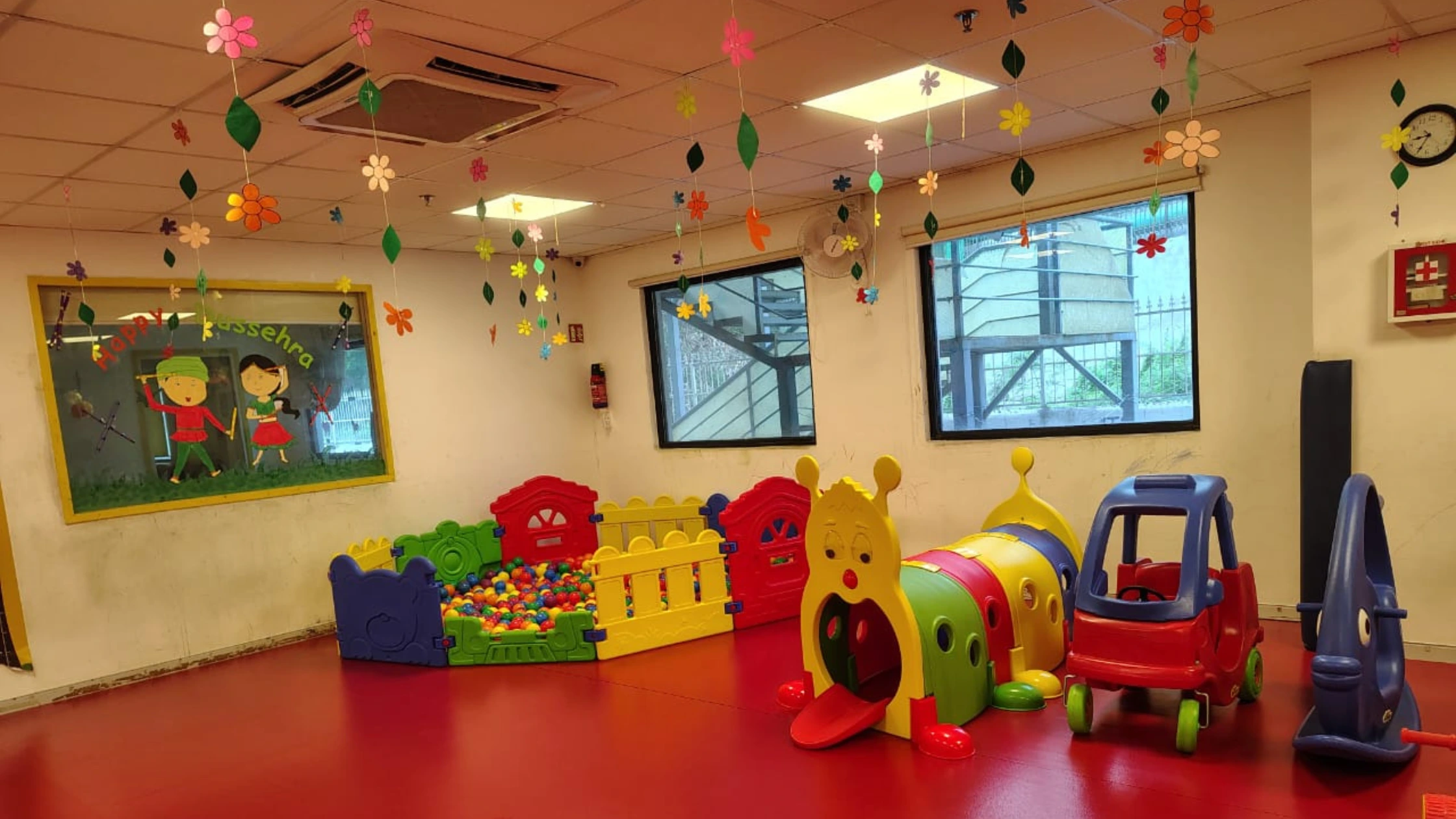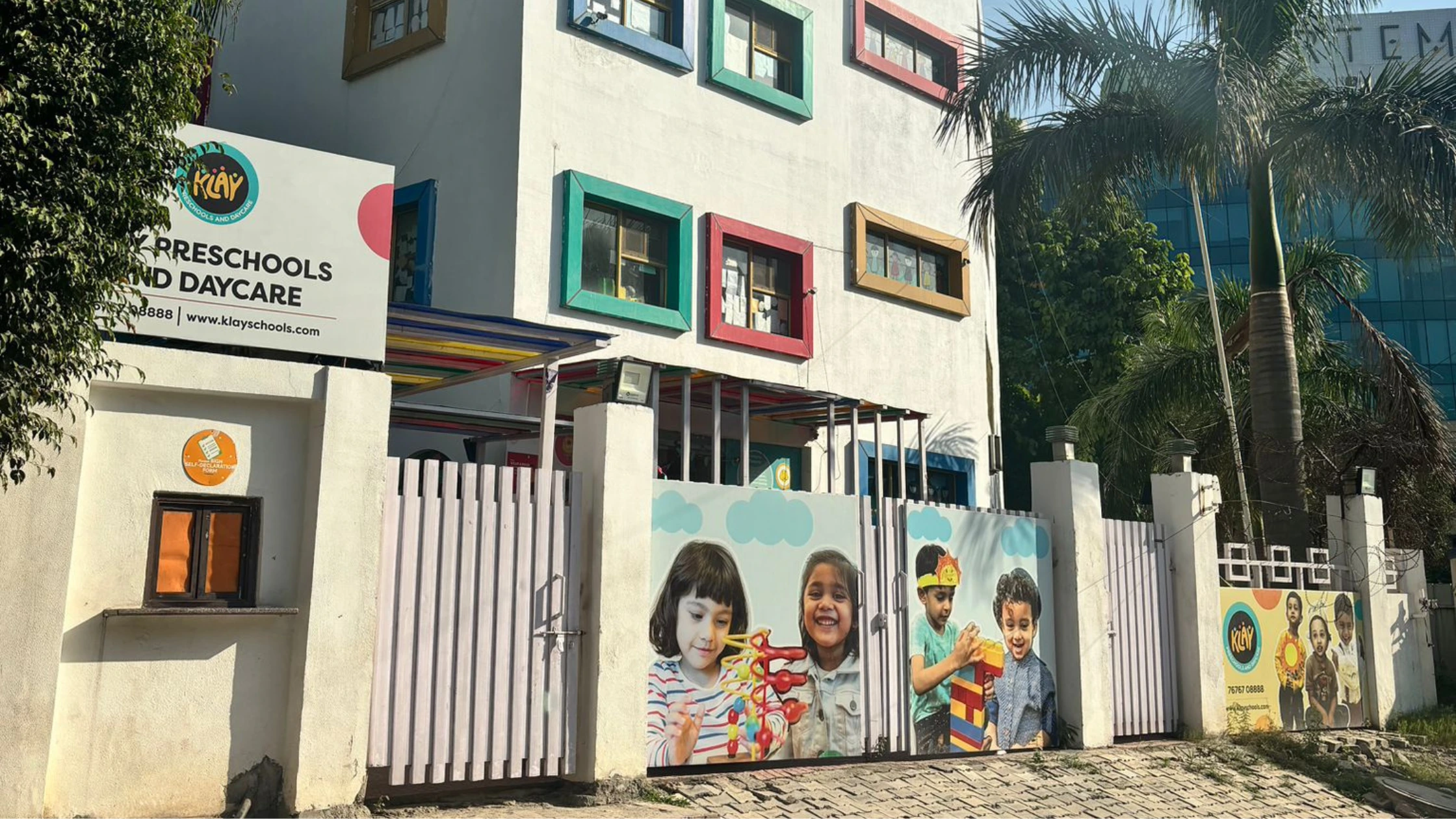
 KLAY Karnival 2025 on 29th Nov. Reserve Your Spot!
KLAY Karnival 2025 on 29th Nov. Reserve Your Spot!
 KLAY Karnival 2025 on 29th Nov. Reserve Your Spot!
KLAY Karnival 2025 on 29th Nov. Reserve Your Spot!
 KLAY Karnival 2025 on 29th Nov. Reserve Your Spot!
KLAY Karnival 2025 on 29th Nov. Reserve Your Spot!
 KLAY Karnival 2025 on 29th Nov. Reserve Your Spot!
KLAY Karnival 2025 on 29th Nov. Reserve Your Spot!
 KLAY Karnival 2025 on 29th Nov. Reserve Your Spot!
KLAY Karnival 2025 on 29th Nov. Reserve Your Spot!
 KLAY Karnival 2025 on 29th Nov. Reserve Your Spot!
KLAY Karnival 2025 on 29th Nov. Reserve Your Spot!
 KLAY Karnival 2025 on 29th Nov. Reserve Your Spot!
KLAY Karnival 2025 on 29th Nov. Reserve Your Spot!
 KLAY Karnival 2025 on 29th Nov. Reserve Your Spot!
KLAY Karnival 2025 on 29th Nov. Reserve Your Spot!
 KLAY Karnival 2025 on 29th Nov. Reserve Your Spot!
KLAY Karnival 2025 on 29th Nov. Reserve Your Spot!
 KLAY Karnival 2025 on 29th Nov. Reserve Your Spot!
KLAY Karnival 2025 on 29th Nov. Reserve Your Spot!
 KLAY Karnival 2025 on 29th Nov. Reserve Your Spot!
KLAY Karnival 2025 on 29th Nov. Reserve Your Spot!













